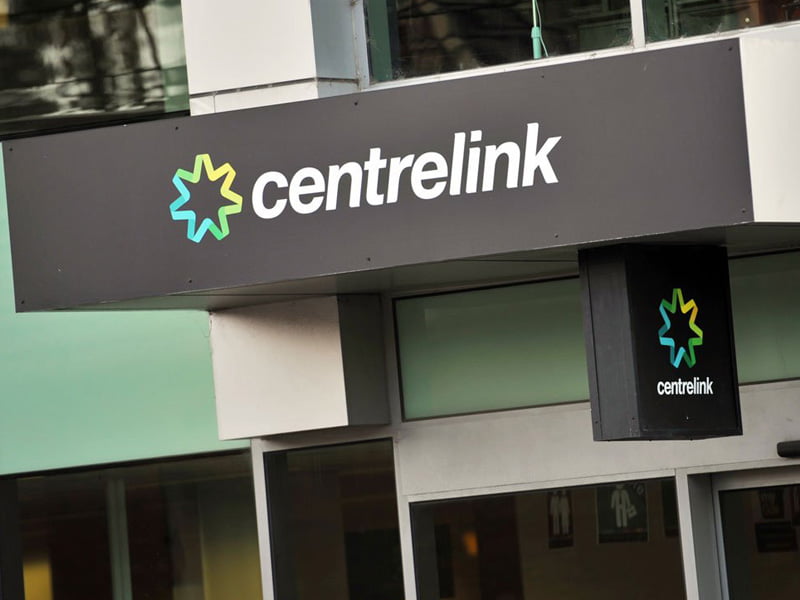There are heightened concerns about a repeat of the robodebt scandal as welfare recipients prepare for an increase in the use of automation in government decision-making through the imminent launch of the points-based activation system.
The Department of Employment has been readying the launch of the points-based activation system, known as the New Employment Services or Workforce Australia, since 2020 to replace the existing mutual obligations system.
This is a set of tasks that must be completed by welfare recipients in order to access the JobSeeker payment.

The project involves the launch of a significant new tech system to underpin the points-based activation system and a Workforce Australia app where people can lodge the required number of points to qualify for a payment.
These points are earned by completing tasks such as applying for a new job.
This development has been led by DXC Australia, which has landed nearly $30 million in contracts since late 2020 to work on the project. A number of consulting bigwigs have also raked it in through the new scheme.
Boston Consulting Group has been paid $1.5 million to provide advisory services on the rollout, Deloitte has landed $3.5 million for project management and PwC has been paid $2.8 million to provide an “independent view on key project risks and issues”.
The new tech system will determine whether a welfare recipient has earned the sufficient points, through doing things such as applying for a job, to meet the target. The system will then automatically notify the person if they haven’t met the required target, and they will then have two business days to resolve this or their payments will be put on hold.
The imminent rollout of this system and increased use of automation has stoked serious concerns among those on welfare, Australian Unemployed Workers Union national secretary Daniel Levy said.
“The concerning problem we hear a lot in automated decision-making is that we don’t know what the algorithm is or what it looks like. We’d love to know what criteria they’re using, where they plan to use the algorithm and how. But we don’t have any of that information or detail,” Mr Levy told InnovationAus.com.
“We are picking up a lot of sentiment from people who are petrified about how this automation is also being applied to mutual obligations.”
Economic Justice Australia chief executive Leanne Ho has said the use of automation in government decision-making is problematic in terms of appealing things like the cutting off of welfare payments.
“The problem with it is not just for the claimant of the payment but also for us as their advocates. In order to successfully appeal a decision like that we need to understand the basis on which the decision was made and if it’s automated it’s much harder to find out the reasons or decisions to take it to the Administrative Appeals Tribunal and have that scrutinised,” Ms Ho told InnovationAus.com.
“We’re seeing this more and more. The letters that go out to our clients about why decisions are made are increasingly opaque. Some are as simple as a decision has been made, the payment has been cancelled because you weren’t entitled to the payment. That doesn’t tell you anything about the real reason.”
The new system will require people to lodge activities that have been undertaken in order to reach 100 points.
“Something as simple as whether they’ve got a reasonable excuse for not turning up to an appointment with a job service provider or not going to a job interview was set up through a system that had a drop down menu,” Ms Ho said.
“If circumstances didn’t fall within that then the system automatically decided they hadn’t complied.”
The new system has been trialed since December 2020, and will be officially launched from July 4.
While the scheme is launching in a matter of weeks, there is still little detail on how it’ll actually work, Mr Levy said.
The smartphone app that will be used to log points has not been publicly released yet, and information on how to apply for a points reduction also hasn’t been made available.
“We don’t know how people will be filling their points, we don’t really have a guide from them on how to use their app to log all of that or how to apply for a points target reduction,” Mr Levy said. “This is a failure of government implementation of a program.”
A number of companies have landed lucrative contracts to work on the welfare scheme through the Employment Department.
DXC Australia was first awarded a contract for the project in September 2020, landing $5.2 million for four months of preliminary work. The company then landed a $6.27 million contract running from December 2020 to April 2021 to “refine requirements, development and commence delivery” of the scheme, along with $10 million to provide personnel for the project, running until this month.
DXC Australia has also been paid more than $10 million across two contracts running from September 2021 to February 2022 for “digital services new employment services model”.
The new points-based activation system will be “digitally-driven, tailored and flexible”, according to the former Coalition government. It will “ensure job seekers move into sustainable work, employers’ needs are met, and employment services providers’ efforts are focused on those job seekers who need help most”.
The Coalition government allocated $699.4 million over five years to the project in the 2020-21 budget.
Earlier this week new Employment minister Tony Burke said it is too late to scrap the controversial scheme, but said some changes may be made to it.
Do you know more? Contact James Riley via Email.

